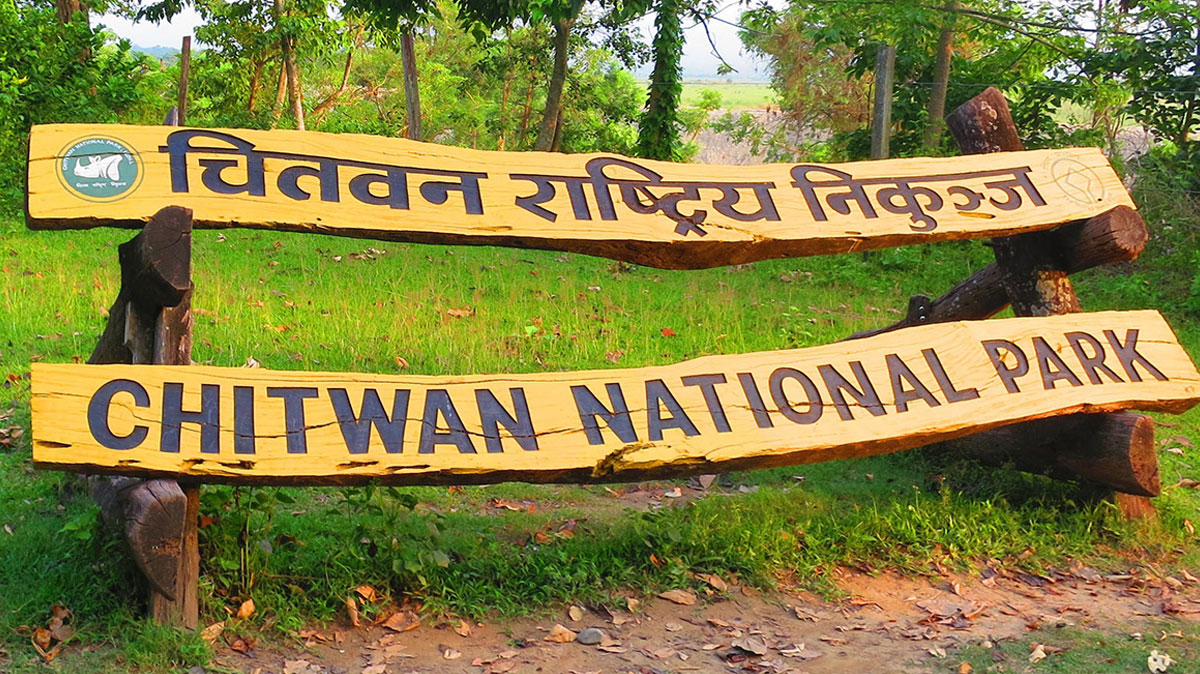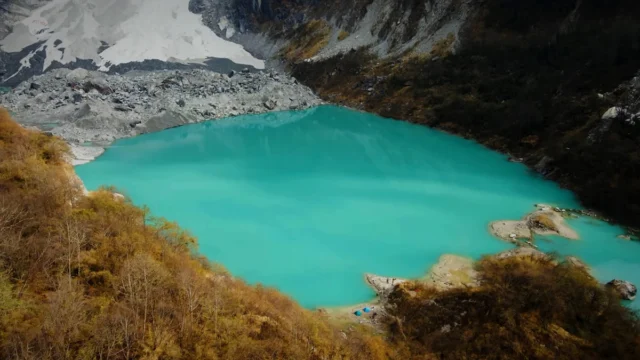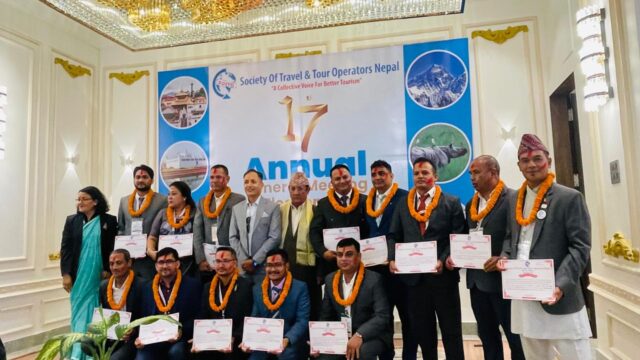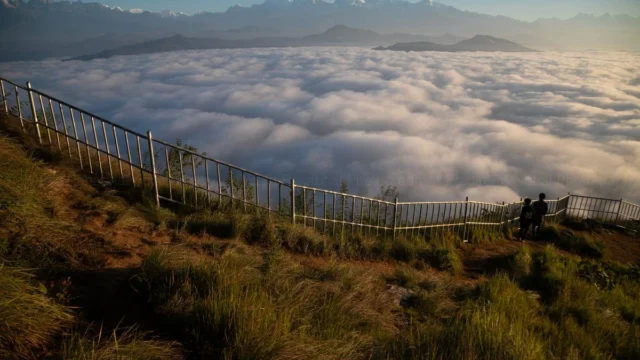Chitwan National Park, established in 1973, is Nepal’s first national park and a UNESCO World Heritage site since 1984. Located in the subtropical Inner Terai lowlands of south-central Nepal, the park spans an area of 932 square kilometers and is renowned for its rich biodiversity and well-preserved ecosystems.
Chitwan National Park is home to an impressive array of wildlife. It shelters over 700 species of wildlife, including some of the most endangered species in the world. The park is especially famous for its population of the rare and endangered one-horned rhinoceros and Bengal tigers. Visitors may also encounter leopards, sloth bears, wild elephants, and over 500 species of birds. The diverse habitats, ranging from dense forests to grasslands and wetlands, provide ideal conditions for these species to thrive.
Chitwan National Park offers a variety of activities for nature enthusiasts and adventure seekers. Jungle safaris, either on foot, by jeep, or on elephant back, provide thrilling opportunities to observe wildlife in their natural habitat. Canoeing on the Rapti River allows visitors to spot crocodiles and water birds up close. Additionally, guided nature walks and bird-watching tours offer a more intimate experience with the park’s flora and fauna.
For cultural experiences, visitors can explore the nearby Tharu villages. The Tharu people, indigenous to the region, offer a glimpse into their unique lifestyle and traditions through cultural programs and tours. The Tharu Museum and the Elephant Breeding Center are also popular attractions.
Chitwan National Park has been at the forefront of conservation efforts in Nepal. The park’s management works closely with local communities and international organizations to protect endangered species and their habitats. Anti-poaching units and wildlife monitoring programs have been instrumental in safeguarding the park’s biodiversity. Community-based tourism initiatives also ensure that the local population benefits from the park’s conservation efforts.
The best time to visit Chitwan National Park is from October to March when the weather is pleasant, and wildlife sightings are more frequent. The monsoon season, from June to September, can make some areas of the park inaccessible, but it also brings lush greenery and a vibrant atmosphere.
Chitwan National Park is easily accessible from Kathmandu and Pokhara, with regular bus services and private transportation options available. The nearby town of Sauraha serves as the main gateway to the park, offering a range of accommodations from budget lodges to luxury resorts.
Chitwan National Park stands as a testament to Nepal’s commitment to preserving its natural heritage. With its rich biodiversity, exciting wildlife encounters, and cultural experiences, the park remains a must-visit destination for anyone seeking to explore the wonders of nature. Whether it’s spotting a majestic Bengal tiger or experiencing the vibrant culture of the Tharu people, Chitwan National Park offers an unforgettable journey into the heart of the wild.






